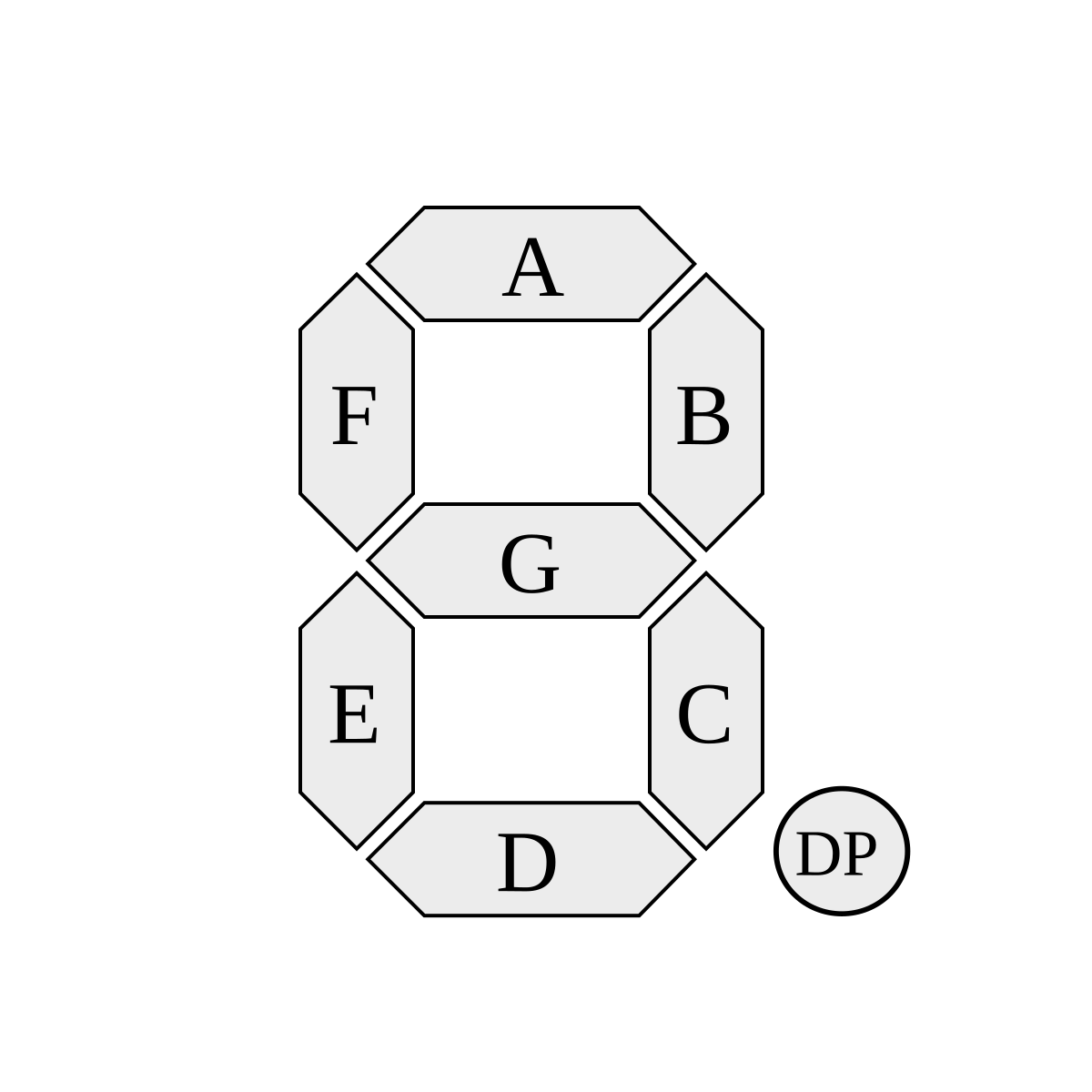- Copyright notice
- The notes below are modified copies of the academic module CS-120 “Digital Design”: http://www.csd.uoc.gr/~hy120/ copies or posting are not made or distributed for profit or commercial advantage.
http://www.csd.uoc.gr/~hy120/16f/copyright.html
- 1. Basic logic components
- 2. Combinational circuits
- 3. 2s complement
- 4. Memory components
- 5. Sequential circuits
Switches which have 3 pins (1 input, 2 output).
Odd parity is the exclusive OR (XOR).
Even parity is the equality check.
Switches which can be used as memory. The relay below has a DPDT switch (double SPDT) and a coil. If the coil is activated (pins: 1, 8) the DPDT switch moves from its default state (input pins: 3, 6 to output pins: 2, 7) to the active state (input pins: 3, 6 to output pins: 4, 5). Relay have been used as basic memory components or mechanical clocks.
In principle we need three basic gates to compose every other gate: logical NOT, logical AND, logical OR.
| INPUT | OUTPUT |
|---|---|
| A | NOT A |
| 0 | 1 |
| 1 | 0 |
| INPUT | INPUT | OUTPUT |
|---|---|---|
| A | B | A AND B |
| 0 | 0 | 0 |
| 0 | 1 | 0 |
| 1 | 0 | 0 |
| 1 | 1 | 1 |
By Inductiveload - Own work, Public Domain, Link
| INPUT | INPUT | OUTPUT |
|---|---|---|
| A | B | A OR B |
| 0 | 0 | 0 |
| 0 | 1 | 1 |
| 1 | 0 | 1 |
| 1 | 1 | 1 |
By Inductiveload - Own work, Public Domain, Link
| INPUT | INPUT | OUTPUT |
|---|---|---|
| A | B | A XOR B |
| 0 | 0 | 0 |
| 0 | 1 | 1 |
| 1 | 0 | 1 |
| 1 | 1 | 0 |
By jjbeard - Own Drawing, made in Inkscape 0.43, Public Domain, Link
| INPUT | INPUT | OUTPUT |
|---|---|---|
| A | B | A NOR B |
| 0 | 0 | 1 |
| 0 | 1 | 0 |
| 1 | 0 | 0 |
| 1 | 1 | 0 |
By Inductiveload - Own work, Public Domain, Link
XNOR is the logical equality.
| INPUT | INPUT | OUTPUT |
|---|---|---|
| A | B | A NOR B |
| 0 | 0 | 1 |
| 0 | 1 | 0 |
| 1 | 0 | 0 |
| 1 | 1 | 1 |
High level description of combinational circuits.
Multiplexer 4-to-1 using a decoder 2-to-4.
A multiplexer’s module below.
By en:User:Cburnett - Own work
This vector image was created with Inkscape., CC BY-SA 3.0, Link
By user:h2g2bob - Own work using Inkscape, CC BY-SA 3.0, Link
How to print numbers 0-3 to 7-segment alphanumeric display.
- You need only 2 bits to display numbers 0-3 using binary numbers
- Check which LEDs should be switched on (value = 1, ie. logical TRUE) to display number 0
- Repeat for all numbers
| In0 | In1 | - | A | B | C | D | E | F | G |
|---|---|---|---|---|---|---|---|---|---|
| 0 | 0 | 1 | 1 | 1 | 1 | 1 | 1 | 0 | |
| 0 | 1 | 0 | 1 | 1 | 0 | 0 | 0 | 0 | |
| 1 | 0 | 1 | 1 | 0 | 1 | 1 | 0 | 1 | |
| 1 | 1 | 1 | 1 | 1 | 1 | 0 | 0 | 1 |
- How to make the logical functions
- Express using basic logic operations (AND, NOT, OR) the output (7-segments) based on the input (2-bits)
| A = NOT( In0’ ⋅ In1 ) |
| B = 1 |
| C = NOT( In0 ⋅ In1’ ) |
| D = A |
| E = In1’ |
| F = In0’ ⋅ In1’ |
| G = In0 |
Half-adder and full-adder implementation.
The inner circle shows the unsigned numbers (1s complement), the outer (helix) shows the signed numbers (2s complement).
Makes use positive feedback to create a latch, 1 bit of mechanical memory.
Latches are basic module for implementing memory.
The basic memory component. Below master-slave register using two latches RS, activated by positive edge clock.
High level description of sequential circuits.
A 3 bit counter.
FSM for adaptive control of traffic lights. A and B are cars on a crossroad.
| S | Ad | Bd | Ago | Bgo | nS | ||
|---|---|---|---|---|---|---|---|
| 0 | 0 | 0 | 0 | 0 | 0 | ||
| 0 | 0 | 1 | 0 | 1 | 1 | ||
| 0 | 1 | 0 | 1 | 0 | 0 | ||
| 0 | 1 | 1 | 0 | 1 | 1 | ||
| 1 | 0 | 0 | 0 | 0 | 1 | ||
| 1 | 0 | 1 | 0 | 1 | 1 | ||
| 1 | 1 | 0 | 1 | 0 | 0 | ||
| 1 | 1 | 1 | 1 | 0 | 0 |
- Ago = Ad · [ S + (S’)·(Bd’) ]
- Bgo = Bd · [ S’ + (S)·(Ad’) ]
- nS = S · Ad’ + S’ · Bd
A basic component which can do multiple functions, like addition, subtraction, logical AND etc.
| mode: | ||||
| 000 | ALUout | A+B | (add) | |
| 001 | ALUout | A-B | (sub) | |
| 010 | ALUout | A AND B | (and) | |
| 011 | ALUout | NOT (A OR B) | (nor) | |
| 1xx | ALUout | B | (passB) |


























